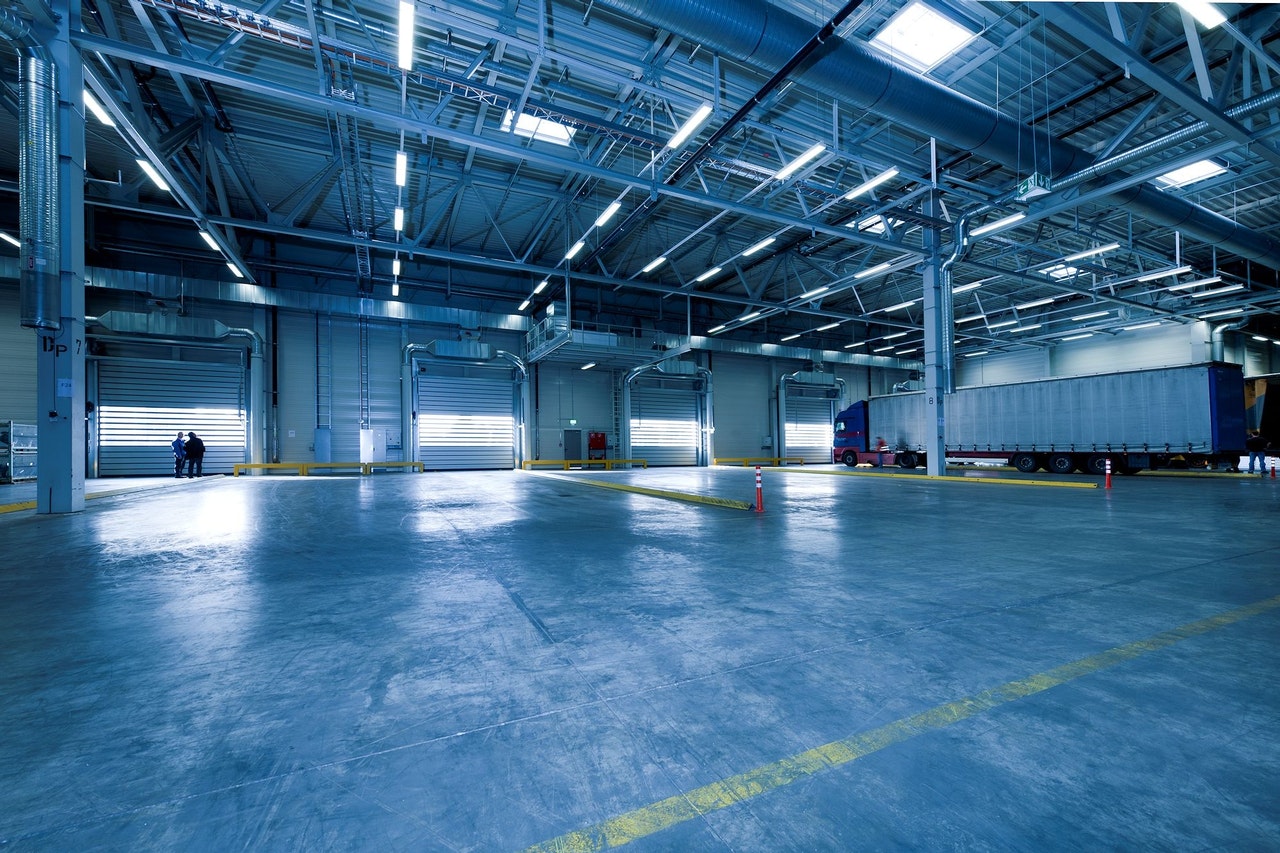Last Updated on: 22nd November 2023, 10:09 am
Dropshipping is a retail fulfillment method that allows online stores to sell products without holding inventory. In this business model, the store purchases products from a third-party supplier who then ships the products directly to the customer. This means that the store owner does not have to deal with the hassle of storing, packing, and shipping products, making it a popular choice for many entrepreneurs.
The dropshipping process involves three main parties: the customer, the online store, and the supplier. When a customer places an order on the online store, the store owner forwards the order to the supplier, who then ships the product directly to the customer. The store owner makes a profit by selling the product at a markup price, which is the difference between the wholesale price and the retail price. This makes dropshipping an attractive option for those who want to start an online store without investing a lot of money upfront.
What is Dropshipping?
Dropshipping is a retail fulfillment method that allows online store owners to sell products without having to keep them in stock. Instead, the store owner purchases the products from a third-party supplier who then ships them directly to the customer. In this way, the store owner never has to handle the products or keep inventory on hand.
Business Model
The dropshipping business model is simple. The store owner creates an online store and lists products for sale. When a customer places an order, the store owner purchases the product from a supplier and has it shipped directly to the customer. The store owner makes a profit by charging the customer more than what they paid the supplier for the product.
Supplier
The supplier is a crucial part of the dropshipping process. They are responsible for storing the products, picking and packing orders, and shipping them directly to the customer. The store owner must choose a reliable supplier who can provide quality products and timely shipping.
Products
The products that can be sold through a dropshipping business are virtually limitless. The store owner can choose to sell products from a single supplier or multiple suppliers. They can also choose to sell products from a specific niche or a wide range of products.
In summary, dropshipping is a retail fulfillment method that allows online store owners to sell products without keeping inventory on hand. The store owner purchases products from a third-party supplier who then ships them directly to the customer. This business model is attractive to entrepreneurs because it requires low overhead and allows for flexibility in product selection.
How Does Dropshipping Work?
Dropshipping is a business model that allows merchants to sell products without having to keep inventory on hand. Instead, when a customer places an order, the merchant purchases the product from a third-party supplier who then ships the product directly to the customer. This model has become increasingly popular in recent years due to its low overhead costs and flexibility.
Sales
The dropshipping process begins when a customer places an order on the merchant’s website. The merchant then forwards the order to the supplier, who will package and ship the product directly to the customer. This means that the merchant has no control over the quality of the product or the shipping process, which can sometimes lead to delays or other issues.
Cons
While dropshipping can be a profitable business model, there are some cons to consider. One of the biggest cons is the lack of control over the product and shipping process. This means that merchants may have to deal with quality issues or shipping delays that are out of their control. Additionally, dropshipping can be a highly competitive market, which can make it difficult for new merchants to establish themselves.
Returns
Returns are another potential issue with dropshipping. Because the merchant does not physically handle the product, returns can be more complicated. Merchants may have to work with the supplier to process returns, which can be time-consuming and costly.
Dropshipper
The dropshipper is the supplier who provides the products to the merchant. In most cases, the dropshipper is responsible for packaging and shipping the products directly to the customer. Merchants must find a reliable dropshipper in order to ensure that their customers receive high-quality products in a timely manner.
Overall, dropshipping can be a profitable business model for those who are willing to put in the time and effort to establish themselves in the market. However, it is important to consider the potential cons, such as the lack of control over the product and shipping process, and to find a reliable dropshipper in order to ensure the success of the business.
Dropshipping Suppliers
When it comes to dropshipping, finding the right supplier is crucial to the success of your ecommerce business. There are several types of dropshipping suppliers, including third-party suppliers, wholesalers, and manufacturers. Each type of supplier has its own advantages and disadvantages, and it’s important to understand them before choosing the right one for your business.
Third-party Supplier
A third-party supplier is a company that specialises in dropshipping products. They have an established supply chain and work with multiple manufacturers and wholesalers to offer a wide range of products. Third-party suppliers are a popular choice for dropshippers because they offer a wide range of products and take care of the shipment and handling of the products. This means that you don’t have to worry about the logistics of the supply chain, which can be a time-consuming process.
Wholesaler
A wholesaler is a company that buys products in bulk from manufacturers and sells them to retailers at a discounted price. Wholesalers are a popular choice for dropshippers because they offer lower prices than third-party suppliers and manufacturers. This means that you can increase your profit margins by buying products from a wholesaler. However, working with a wholesaler can be challenging because they often require large minimum orders and may not offer a wide range of products.
Manufacturer
A manufacturer is a company that produces products. Manufacturers are a popular choice for dropshippers because they offer the lowest prices and the highest profit margins. However, working with a manufacturer can be challenging because they often require large minimum orders and may not have an established supply chain for dropshipping. This means that you may have to handle the logistics of the supply chain, which can be time-consuming and expensive.
In conclusion, choosing the right dropshipping supplier is crucial to the success of your ecommerce business. Whether you choose a third-party supplier, wholesaler, or manufacturer, it’s important to understand the advantages and disadvantages of each type of supplier. By doing so, you can make an informed decision that will help you maximise your profit margins and grow your business.
Pros and Cons of Dropshipping
Dropshipping is a popular business model that allows entrepreneurs to sell products without having to hold inventory. While there are many benefits to dropshipping, there are also some drawbacks that entrepreneurs need to consider. This section will explore the pros and cons of dropshipping.
Pros
No Need for Warehouse Space
One of the biggest advantages of dropshipping is that there is no need for warehouse space. As the products are shipped directly from the supplier to the customer, entrepreneurs do not need to hold inventory. This means they can save money on storage and shipping costs.
Flexibility
Dropshipping is a flexible business model that allows entrepreneurs to work from anywhere. As long as they have an internet connection and a laptop, they can run their business from anywhere in the world. This makes it an ideal business model for digital nomads and those who want to travel while working.
Low Start-Up Costs
Dropshipping has low start-up costs compared to traditional retail businesses. Entrepreneurs do not need to purchase inventory upfront, which means they can start their business with minimal investment.
Trending Products
Dropshipping allows entrepreneurs to quickly add trending products to their store. As they do not need to hold inventory, they can easily add new products to their store without any additional costs.
Cons
Order Fulfillment
One of the biggest drawbacks of dropshipping is the lack of control over order fulfillment. As entrepreneurs rely on suppliers to fulfill orders, they have no control over the quality of the products or the shipping times.
Customer Service
Entrepreneurs also have limited control over customer service. As the products are shipped directly from the supplier, entrepreneurs cannot control the packaging or the quality of the products. This can lead to negative reviews and a loss of customers.
AliExpress
Many dropshippers rely on AliExpress to find suppliers. While AliExpress is a popular platform, it can be difficult to find reliable suppliers. As a result, entrepreneurs may need to spend a lot of time researching suppliers to find the best one for their business.
Inventory Management
Dropshipping requires careful inventory management. Entrepreneurs need to ensure that their suppliers have enough stock to fulfill orders. They also need to keep track of their own inventory levels to ensure they do not oversell products.
Design
Entrepreneurs who use dropshipping may have limited control over the design of their website. As they rely on suppliers to provide product images and descriptions, they may not be able to create a unique brand identity.
SaleHoo
While SaleHoo is a popular platform for finding suppliers, it can be expensive for entrepreneurs. The platform charges a monthly fee, which can add up over time.
In conclusion, dropshipping has many benefits, including low start-up costs, flexibility, and the ability to quickly add trending products to your store. However, entrepreneurs also need to consider the drawbacks, including limited control over order fulfillment and customer service, and the need for careful inventory management.
Starting a Dropshipping Business
Starting a dropshipping business can be a lucrative business concept for new business owners looking for a low overhead, home-based business. Dropshipping is a fulfilment model that allows you to sell products online without the need to hold any inventory. Instead, you source products from a supplier who ships the items directly to your customers.
Register
To start a dropshipping business, you need to register your business and choose a business structure. You can register your business as a sole trader, partnership, or limited company. You will also need to register for VAT if your turnover exceeds the VAT threshold.
Supply Chain
The supply chain is a crucial aspect of a dropshipping business. You need to choose a reliable supplier who can provide quality products at a wholesale price. Worldwide brands and directories like SaleHoo and Wholesale Central can help you find reputable suppliers.
Fees
Dropshipping suppliers charge fees for their services, including a per-order fee and a monthly subscription fee. You need to factor in these fees when pricing your products to ensure you make a profit.
Directories
Directories like SaleHoo and Wholesale Central can help you find reputable suppliers. These directories provide a list of suppliers with their contact information, product offerings, and pricing.
Product Offerings
To succeed in dropshipping, you need to choose a niche market and offer products that appeal to your target demographic. You can use tools like Google Trends and Amazon Best Sellers to research popular products in your niche.
Managing Inventory
Managing inventory is essential in dropshipping to ensure you have enough stock to fulfil orders. You can use inventory management software like TradeGecko and Ordoro to track your inventory levels and automate the ordering process.
Fulfillment Model
The fulfillment model is the process of processing orders and shipping products to your customers. You need to choose a reliable shipping partner like DHL or FedEx to ensure your customers receive their orders on time.
Product Quality
Product quality is critical in dropshipping as it can affect your customer experience and return policy. You need to ensure your products are of high quality and meet the expectations of your customers.
Consumer
Excellent customer service is crucial in dropshipping to ensure customer satisfaction and repeat business. You need to provide fast and efficient customer support and have a clear return policy in place.
In conclusion, starting a dropshipping business can be a profitable business concept for new business owners. By choosing a reliable supplier, offering quality products, and providing excellent customer service, you can succeed in the competitive world of online retail.




